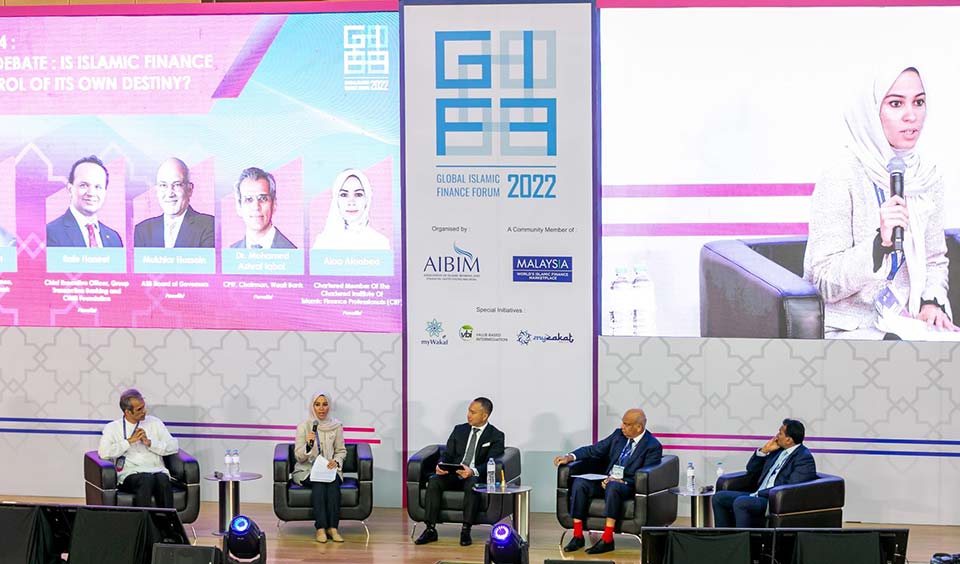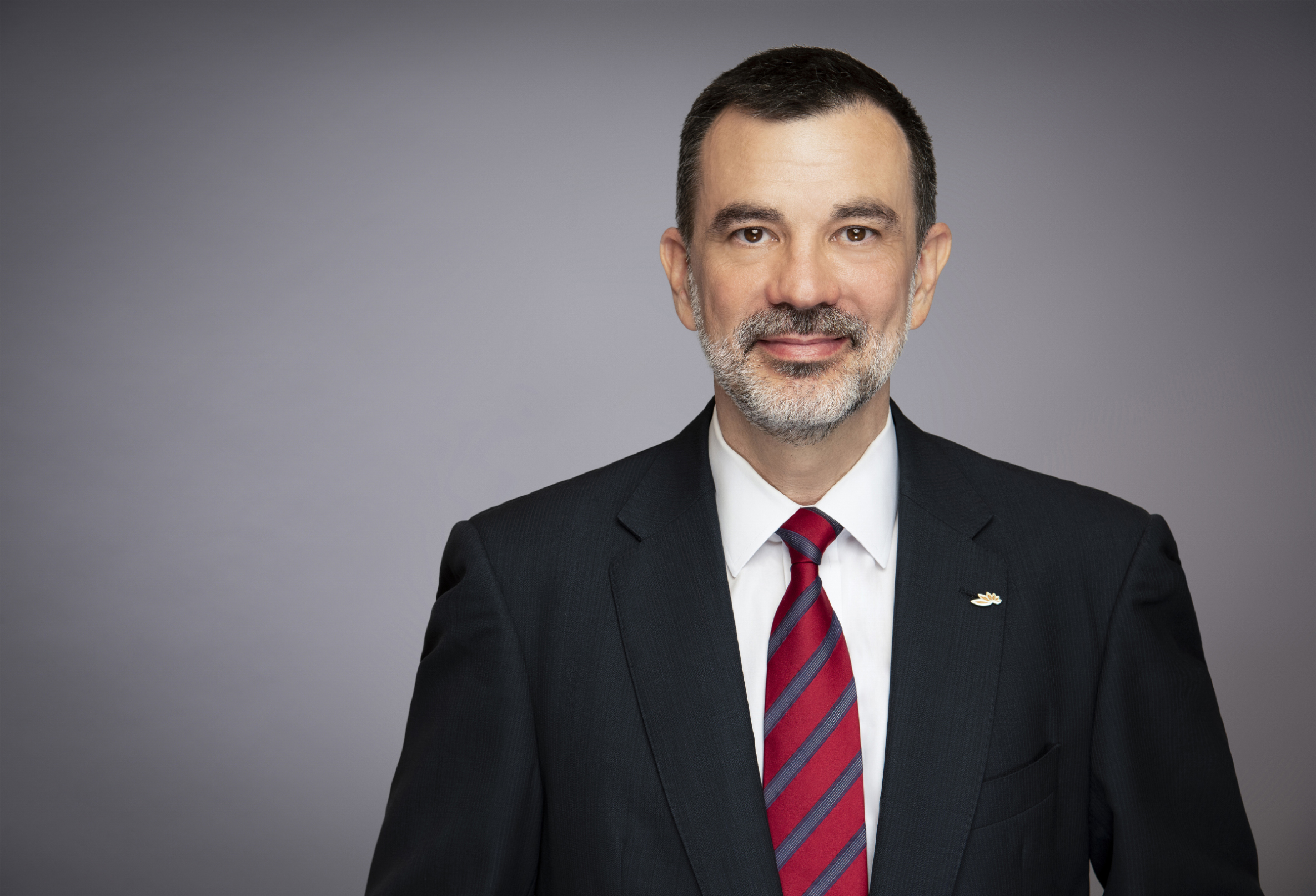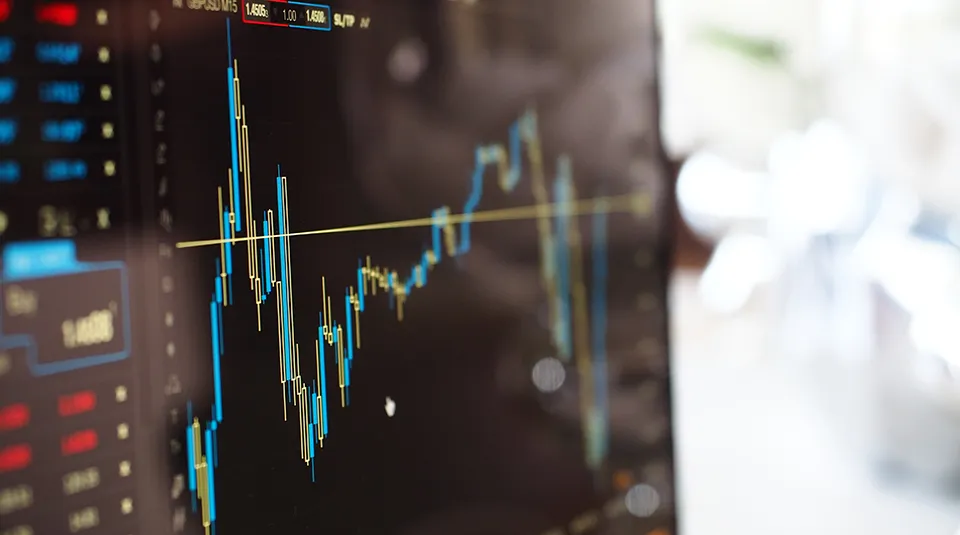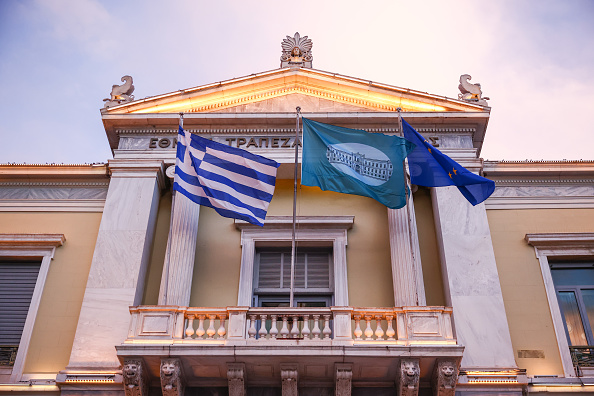Islamic finance has long since reached a point of critical mass. The exuberant innovation of the early 2000s has been replaced by a mood of careful consolidation.
Islamic finance assets were worth $3.6 trillion at the end of 2021, according to the State of the Global Islamic Economy Report; global sukuk issuance was $181 billion in 2021, according to Moody’s, while Fitch says Islamic funds were worth $130 billion by the end of 2021, before falling with the rest of the market this year.
These are big numbers that are not going to ebb away, and instead should grow pretty automatically from here on. So now what?
The Islamic finance industry finds itself at a philosophical turning point. It can either cement its gains as a credible and important part of the world financial architecture, or seek to use its muscle to shake the whole thing up and aim for a bold new model.
This question was keenly debated at the Global Islamic Finance Forum in Kuala Lumpur this week (October 5 and 6), which revealed an intriguing range of opinion on what Islamic finance should do with its hard-earned heft.
Practical consolidation
Among those who think practical consolidation is the answer is Mukhtar Hussain, best known for his many years at HSBC including stints as chief executive of HSBC Amanah (the Islamic finance arm of the bank) and HSBC Malaysia. Islamic finance, he says, is now about 1% of the financial universe.
“One percent may seem very small, but in the context of an industry that’s essentially 50 years old, that’s quite a lot of progress in a relatively short period of time,” he says. “But there’s clearly an opportunity to significantly grow that number over the years ahead.”
There are so many vested interests in retaining the fractional-reserve system … that it won’t occur as an overall architecture. Seeing it applied in an Islamic jurisdiction, though, would be very interesting
Hussain argues for continuing growth along the same lines as today, although he does say there ought to be more focus on liabilities, and the management of liabilities, as much as on assets.
“What I would say to those that strongly support the idea of converting the financial system to being more Islamic than it is, I would say… it’s exactly the right thing to do,” he says.
“But remember, idealism has a place, but the reality of idealism is it needs to meet realism. And then that realism needs to be translated into practical and pragmatic steps that transfer that idealism into some form of commercially sustainable reality.”
To Hussain, the development of Islamic finance has been hard to achieve – “Islamic finance started very much as being a price taker” – but its subsequent gains in scale and sophistication meant that “it began to command its own destiny in terms of innovation, in terms of product, in terms of structures.”
Only through continuing to build that market share, he argues, does Islamic finance gain the opportunity for further disruption of the broader financial system.
Abolition
To others, that’s not enough, and among them is Alaa Alaabed, managing director at Wethaq Capital Platform in Bahrain. She wants nothing less than the abolition of the fractional-reserve banking system, the model of banking that operates in most of the world’s countries through which deposit-taking banks most hold a proportion of their liabilities in liquid assets as a reserve and can lend out the rest.

In her view, a full-reserve banking system – which would mean a 100% reserve requirement for demand deposit accounts, with lending only against time deposits – would be more in line with the principles of Islamic finance in terms of proper alignment of risk and reward.
“One cannot deny the fact that the present formation of Islamic banking has grown out of conventional banking, and uses many of its techniques and instruments,” she says, including fractional reserve and deposit insurance systems.
“Scholarly efforts have long linked the connection between the fractional-reserve system, leverage, credit booms and crises,” she says, in that they build up debt in the economy, inflate bubbles, and de-link finance from the real economy, aggravating problems.
“Deposit insurance schemes are at fault of misaligning risk and reward,” she says. “Banks are able to reap the full upside of risky transactions, whereas the downside is limited. Those that stand to benefit from the full upside are covered on the downside,” incentivizing them to assume risk and debt beyond society’s best interest.
In her proposal, banks would be required to hold full backing for on-demand deposits, and depositors in turn would expect no monetary compensation for them. Islamic investment account holders, though, would fully share both the upside and the downside of transactions.
At a global level, there’s clearly no chance of this happening.
Full-reserve proposals come and go from time to time, with Iceland and Switzerland being recent examples, and the idea was even pushed in the US after the Great Depression. Voices as powerful as Milton Friedman and Martin Wolf have favoured it from time to time.
But there are so many vested interests in retaining the fractional-reserve system (and the hope, if not necessarily the proof, that it spurs growth) that it won’t occur as an overall architecture.
Seeing it applied in an Islamic jurisdiction, though, would be very interesting.
To the full
In several Islamic nations, notably Malaysia, there is renewed focus on attempting to wring the social good out of Islamic finance, rather than just congratulate one another on having secured such a large asset base: Bank Negara Malaysia’s Values-Based Intermediation programme, for example, seeks to translate that transaction into tangible positive impact.
Might Malaysia or Iran or Saudi Arabia – or Bahrain, perhaps – one day consider trying out requiring full reserves on deposit accounts, to see how it impacts both bank viability (terribly bad for profitability, presumably, since they count on deposits), consumer behaviour and economic growth?
The debate, which also brought in CIMB’s Rafe Haneef on the no-change side and Waafi Bank chairman Mohamed Ashraf Iqbal on the change-it-all side, was purely academic. It was no surprise to find Alaabed, one of the industry’s smartest voices who twice won the President’s Award from Malaysia’s INCEIF while earning her PhD, arguing eloquently in favour of a theoretical idea.
Most likely Islamic finance will continue to evolve along the rails it has long established, cementing its gains and building a voice in individual economies. But questioning the whole thing, and how it might be improved or reinvented, is exactly what the industry should be doing.




